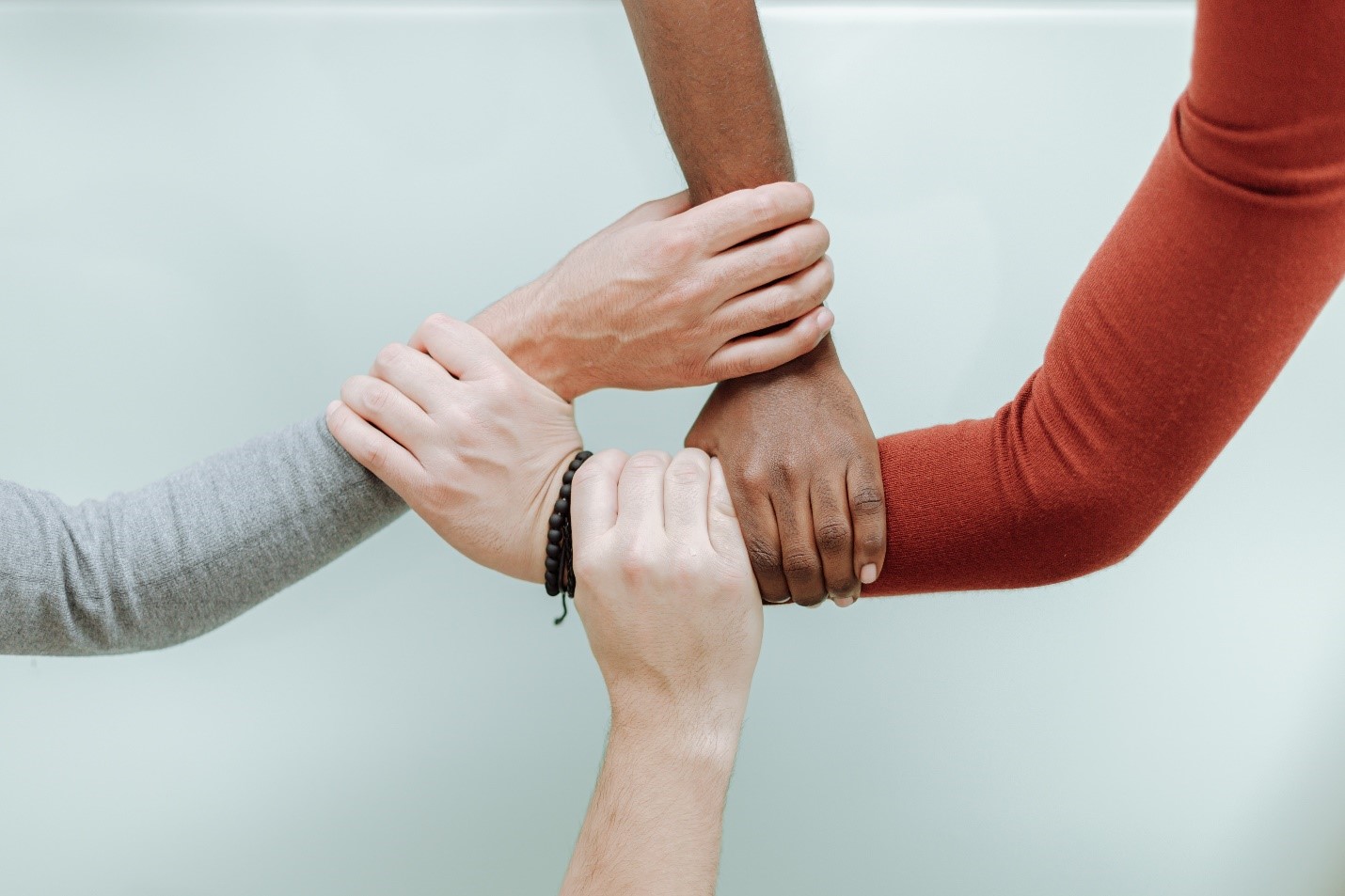Gender equality is a never-ending discussion. It involves a review of the treatment men and women receive on the pitch and beyond. In sports, equality remains one of the most sensitive subjects.
Inequality becomes a problem when two athletes of different genders put in the same effort but receive different rewards. It can be felt in the provision of facilities, on the field, and the analysis after a game. Can I get a pro helper to do my biology assignment while I engage in sports? Writing services help you to create more time for enjoyable engagements like sports or business instead of wasting all your years in the library.
Here are insights on issues that depict gender inequality in sports.
Participation
The number of men and women participating in different games varies significantly. A sport like a basketball is more competitive among men than women. The inequality can be traced back to socialization, where the young generation does not interact with many women playing sports. It results in bias that extends to the choices women make.
The crowds that attend similar sporting events will also differ based on gender. For instance, the Fifa World Cup for men will attract more fans than women. Such inequality demonstrates the regard with which people take women's sports. It results in lower revenues and eventual funding. Without fans on the field, media stations do not cover the events with a similar passion.
Dressing
Dressing is a controversial issue fueling the gender inequality debate in sports. Women are expected to use more revealing clothes at some events. For instance, there is a clear description of the shorts women should use when swimming. A woman athlete is denied the choice and left to expose too much of her body.
Men, on the other hand, have more options. The media and analysts on different platforms do not pay too much attention to men dressing. However, a decent dress for a woman athlete could attract criticism. There have been cases of women protesting against inappropriate dress codes during events. Such controversies make men more exposed.
Funding
Sporting bodies do not allocate enough money to women's sports. As a result, insufficient preparation results in a dismal performance. Women's events are held before men's events like curtain raisers. In other cases, sponsors fail to give the same money to similar events because of gender.
Low funding for women's events means they may achieve the same fete yet not earn the same reward. For instance, the winner of the women’s world cup takes home $1.32 million, while the winner of the men's takes $42 million. The difference is attributed to funding.
Violation
Women in sports have been victims of abuse on numerous occasions. It comes from coaches, sporting officials, and seniors on the team. It has resulted in extreme mental health issues and decreased participation morale.
Some of the violation incidences have been covered at the expense of the victim. Many athletes have broken down out of harassment and unfair treatment because they are women. Women would be more willing to take the sporting risk if such violations did not exist.
Media coverage
Media coverage is biased towards men’s sports. The gender perspective adopted in any tournament will depend on the angle taken by the media during coverage. The media is also too harsh on women athletes, leaving them exposed.
Gender equality in sports is yet to be achieved. Athletes, federations, and society must take steps toward achieving gender equality. Simple issues like similar coverage or the same price for winners will help the sporting fraternity to achieve equality. Without gender equality, no organization can claim moral authority to campaign for other issues.








